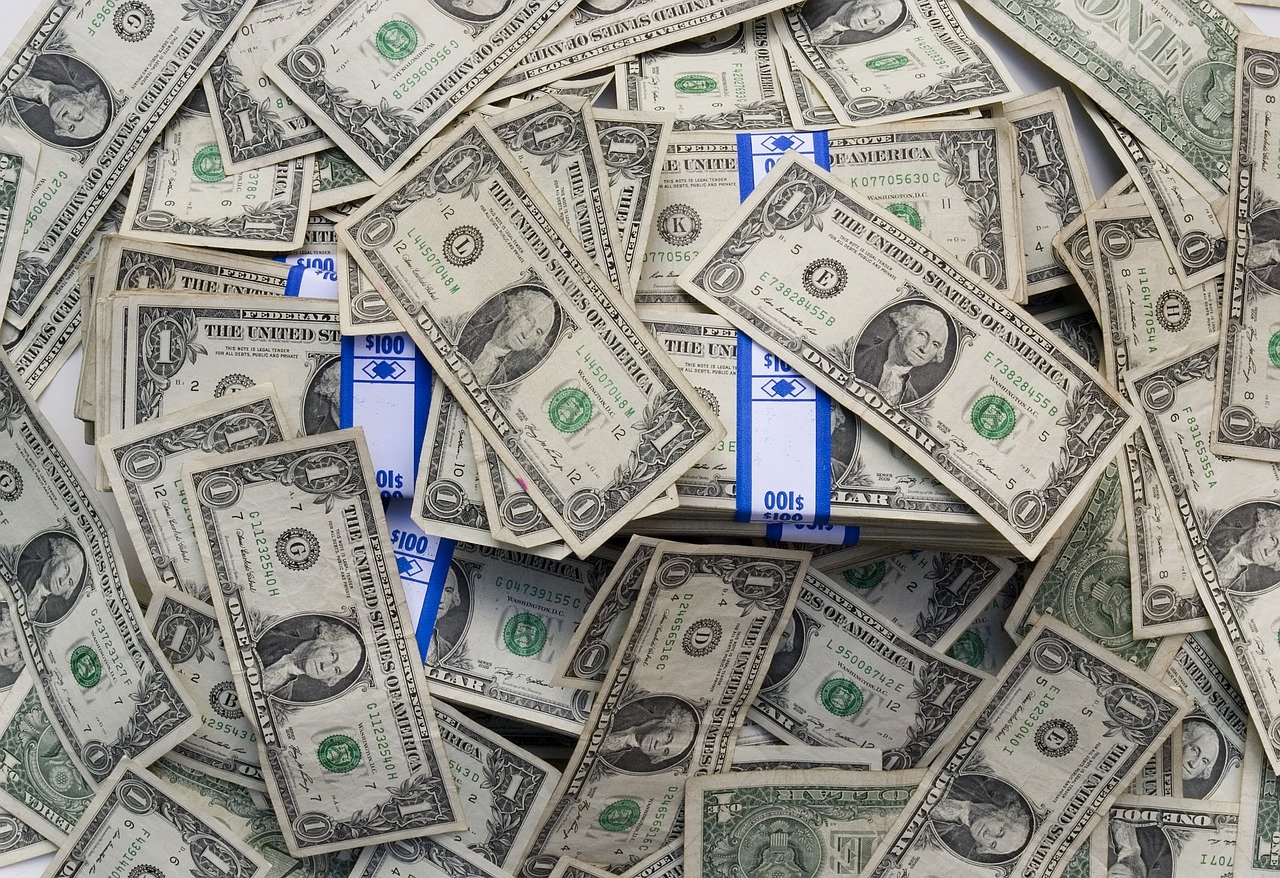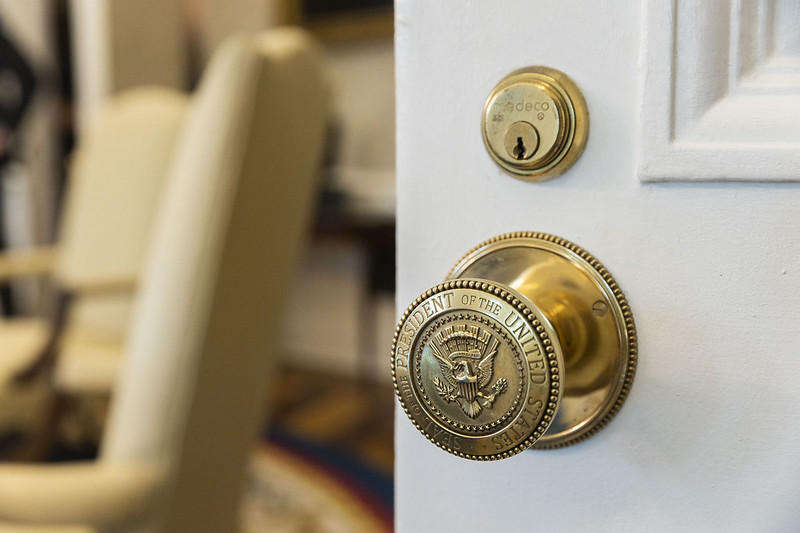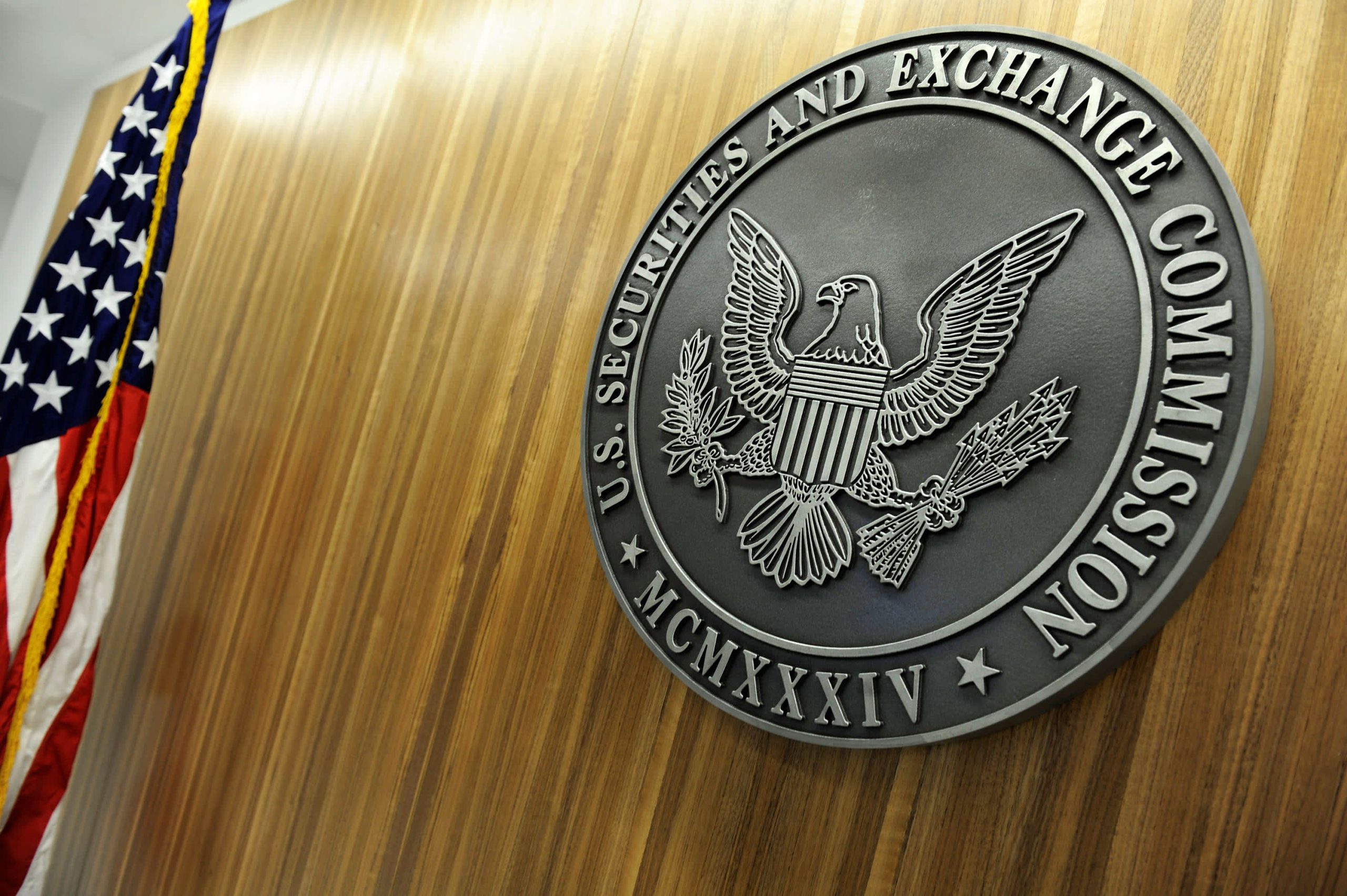This question and analysis arise in a context where the dollar has strengthened following Donald Trump’s victory in the last elections. “While the policy of the new U.S. president may favor the dollar’s evolution, the strengthening of the U.S. currency has long-standing roots and seems to consolidate its position. Furthermore, since 2011, the dollar has risen nearly 40% against a broad basket of currencies,” he notes. So, why were the dollar “bears” so wrong?
For Cleveland, misconceptions about the role of the dollar in the global financial system mislead both investors and policymakers. In his view, doubts about the dollar stem from four misconceptions about the dollar system. “The most recent crises have only strengthened the dollar’s global reign. During the global financial crisis, the Fed lent $10 trillion in gross swap amounts to its main foreign counterparts, and again during COVID-19. This underscores how vital the dollar is to the global economy,” the expert adds.
Currently, the global dollar system, though born out of crises, has stood the test of time and proven more resilient and durable than its predecessors, Cleveland’s analysis states. He believes there are no viable rivals to the dollar, despite the existence of around 180 currencies worldwide: “The dollar is the most dominant currency, and its status has diminished little in recent decades. According to the Fed’s international currency index, the dollar has remained at the top in reserves, transaction volume, foreign-currency debt issuance, and international banking assets since data has been available. The euro, in second place, scores 23 points on the index—one-third of the dollar’s level—though more than the sum of the next three currencies: Japanese yen, British pound, and renminbi.”
Regarding the renminbi, Cleveland acknowledges that it was once a favorite of the dollar “bears,” who advocated for its displacement by a rising Chinese currency. However, since China’s stock market crash in 2015, the lack of full convertibility of the renminbi, the uncertainty of its legal framework, and the illiquidity of its financial markets make it unlikely to compete with the dollar’s hegemony in the near future. “Additionally, in 2015, countries with currencies pegged to the dollar (excluding the U.S.) accounted for 50% of global GDP. In contrast, economies linked to the euro accounted for only 5% (excluding the eurozone),” he explains.
Cleveland also mentions that the latest trend among dollar bears is de-dollarization, arguing that major economies may prefer to use other currencies to avoid the ire of U.S. policymakers eager to “weaponize” the dollar through sanctions. “These are common and have been used for a long time. Furthermore, the benefits of dollarization far outweigh the perceived reduction in risk from de-dollarization. Using the dollar allows access to 80% of buyers and sellers in global trade activity and the world’s deepest and most liquid financial market. Additionally, the Fed has proven to be a reliable backstop for all participants in global financial markets during past financial crises, particularly through central bank swap lines and foreign repurchase agreements,” Cleveland argues.
Finally, he emphasizes, “One could argue that ‘bad actors’ should be excluded from the dollar financial ecosystem because, ultimately, settling and using dollars is a privilege, not a right. But even if sanctions deter some countries from holding Treasury bonds as reserves, it is unlikely that the majority of dollar reserve holders will abandon the dollar. In fact, foreign governments with military ties to the U.S. hold nearly three-quarters of the total U.S. debt held by foreign governments,” says the Chief Economist of Payden & Rygel. In summary, he believes that the benefits of operating in dollars far outweigh the costs of de-dollarization.
The Myth of Collapse
Cleveland highlights a widespread misconception that the dollar is always on the verge of collapse due to excessive debt burdens: $27 trillion. In his view, this prediction has no validity, as the accumulation of national debt has yet to cause rising yields or debt default.
Secondly, Cleveland considers that each dollar of debt is not just a liability of the U.S. government but an asset for someone else—and a very popular one, even among foreign investors. “Perhaps its popularity is because it is safe (the U.S. has never defaulted) and liquid ($870 billion average daily trading volume in July 2024) and currently offers attractive real yields,” he adds.
Thirdly, he notes that the debt problem is overstated: “The average cost (yield) of U.S. debt was only 3.4% in July 2024, still far below most of the country’s recent history, thanks to the dollar’s status as a global reserve currency and decades of price stability since the 1990s.”
According to Cleveland, net interest costs, which incorporate average costs and the total amount of outstanding debt, reached 2.4% of nominal GDP in fiscal year 2023, still below the historical peak of 3.3%. “Unless the federal funds rate stays above 5% for several years, the current trajectory of the U.S. debt burden remains manageable,” concludes the expert from Payden & Rygel.
A Historical Issue
It’s also worth noting that the dollar system has more in common with evolutionary biology than architectural design: it grew organically. For much of its early history, the U.S. followed a bimetallic standard (linked to gold and silver) and avoided paper money. The panic of 1907 led Congress to create the Federal Reserve (Fed). Subsequently, the Fed issued “Federal Reserve Notes,” lent to banks when liquidity ran dry, and enforced “par” settlements for checks throughout the Federal Reserve System. The U.S.’s favorable geographic position during the two world wars enabled it to become the “center of the global financial system.” Holding nearly 40% of the world’s gold reserves allowed the U.S. to be one of the few countries not to suspend convertibility during the wars.
As Cleveland recalls, at Bretton Woods, delegates dismissed alternative competing plans to the dollar as an international settlement asset, considering them unviable: the dollar was the best and easiest option. Additionally, the dollar’s “reign” had already globalized. “The euro-dollar market was born in the 1920s and revived in the 1950s because London banks began accepting deposits in dollars (and other currencies) and granting loans in dollars to third parties,” he notes.




